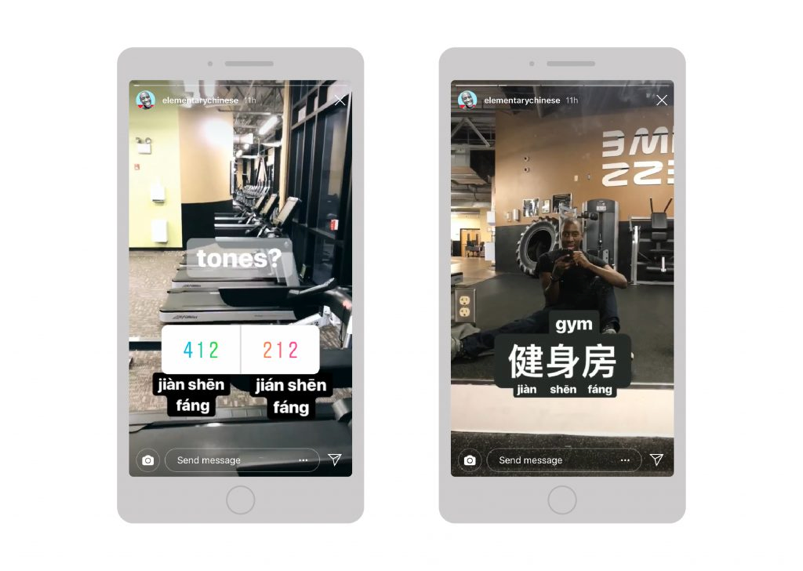You might have stumbled upon Elementary Chinese’s daily tone quizzes on Instagram. I find weird and wonderful objects from day-to-day life and teach expats in China how to recognize tone pairings. Instead of mindlessly scrolling through your Instagram feed before you go to sleep, you can excercise your mind and fluency as a part of your regular day.
Tones — The Basics
There are four tones in Chinese.
The first tone is flat. Listen along to the video above for the audio. I don’t care what your Chinese friends tell you or what your books say, it’s just a flat tone. You can’t worry about whether it’s high or low, it’s just flat. They are even, there is no fluctuation in your voice when pronouncing this tone.
The second tone is rising. This tone is actually longer than the other tones. If you make your voice go from a lower pitch to a higher pitch and hold it longer than the other three tones, any Chinese person will recognise this as th second tone.
The third tone. Books describe this tone as a “V.” They tell you to drop your voice first then raise your voice back up again. That is not true. Chinese people talk really quickly. When they speak, they do what I call a ‘creaky voice.’ It’s like a frog voice. It’s shallow, and it’s short.
The fourth tone. Quick. Exaggerated. It starts high, and it drops low super quickly. It’s abrupt. It sounds a little bit angry.
Some of you said that when you first started listening to Chinese speakers, they sounded like they were fighting. This is largely because of the fourth tone.
Still struggling? Listen along to the video above for the audio
 Photo credit: Elementary Chinese
Photo credit: Elementary Chinese
Why are tones so hard?
In my WeChat group, we practice tones daily. The thing I see students struggle with the most is when they need to use the same tone twice in a row.
Two fourth tones
So, what happens when you have two fourth tones one after the other? You can have two very quick, short words. However, the first one starts a little higher and the second word is a little lower. They both drop, but the second one drops a little lower.
A lot of people struggle with the two consecutive fourth tones because they start too low to begin with. The second fourth tone is then higher than the first one, which is incorrect because a Chinese person hears that as a third tone and then a fourth tone.
A third tone that comes before a second tone
These tones connect. The second tone starts at the pitch that your third tone finishes at. They actually shift a little bit so that if your third tone finishes a little bit low, your second tone will begin at that pitch and then rise.
It’s not all about the pitch!
It’s also about the length of the tone. The third and fourth tones are very short. The second tone is longer than all of the other tones, and the first tone is a natural (normal) length.
If you say the correct pitch but use the incorrect length it is still incorrect, and can sound off or confusing to other Chinese speakers.
What tone do you struggle with the most? Comment below or follow me on Instagram and we’ll help you perfect your tones.




0 Comments